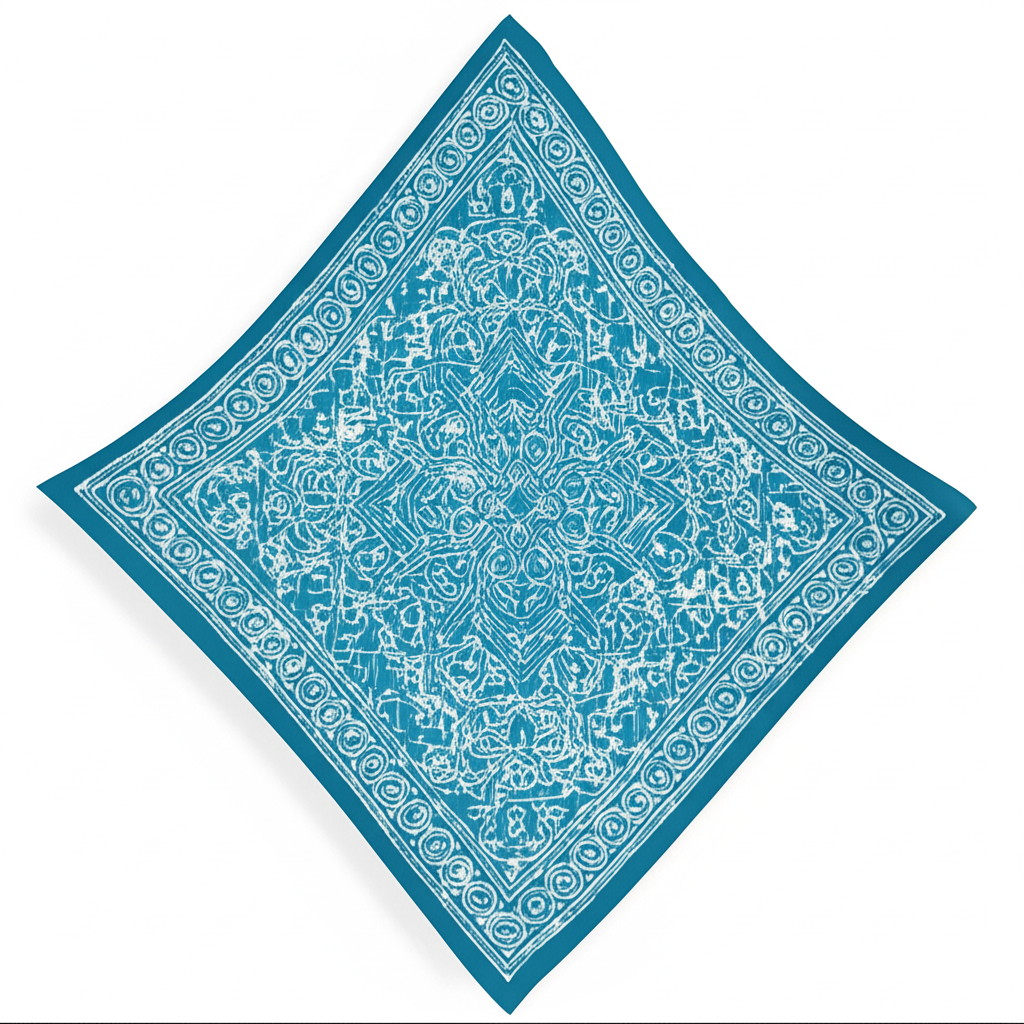
Most people today associate tying a knot in a handkerchief with a simple memory aid. However, a far older superstition attributed much greater power to the knotted cloth: the ability to ward off evil influences and act as a protective charm. This belief, rooted in folklore and interwoven with concepts of witchcraft and demonic interference, provides a fascinating glimpse into historical anxieties and symbolic thought.
The superstition surrounding knotted handkerchiefs dates back to at least the fourteenth century. The underlying concept suggests that malevolent entities, such as devils and demons, would be drawn to the intricate complexity of a knot. The act of trying to untie the knot would then consume their attention, distracting them from their original nefarious purposes. In essence, the knot acted as a cunning diversion, deflecting evil intent before it could manifest.
This belief shares similarities with other protective practices that employed knotted materials. For example, similar methods are said to have been employed against vampires, including throwing a fishing net, traditionally made from knotted twine, over a vampire’s grave. The purpose was not necessarily to physically trap the vampire, but rather to delay its emergence. The vampire, compelled to untie the numerous knots in the net, would be delayed long enough for sunrise, effectively banishing it back to its resting place before it could harm the living.
However, knots were not solely associated with protection against evil. They also played a significant, and often feared, role in witchcraft and black magic. Pliny the Elder, in his Natural History, mentioned knots as both cures for fever and objects of suspicion, particularly due to their association with witches. Witches’ ladders, for example, were pieces of string or rope made from natural fibers like cotton, hemp, or even human hair, into which a series of knots (typically between three and forty) were tied. These knots were sometimes adorned with feathers, beads, or other small objects.
In the practice of black magic, witches were believed to use these knotted strings to cast curses, inflict pain, or cause loss. By manipulating the knots and reciting incantations, they could direct negative energy towards a targeted individual. The knots served as focal points for their magical intentions, amplifying their power and binding the spell.
The journal of the Scottish clergyman Richard Bannatyne, Memorials of Transactions in Scotland from 1569 to 1573, provides a compelling example of the perceived power of knotted objects in witchcraft accusations. Bannatyne recounts the burning of a woman suspected of witchcraft at St Andrews. During the struggle to bind her hands, a white cloth with knotted strings was revealed. The woman’s distress at the discovery, exclaiming “Now I have no hoip [hope] of my self,” was interpreted as confirmation of her involvement in witchcraft. However, it is important to consider that the knotted cloth could equally have served as a protective charm against witchcraft, passed down through generations.
The superstition of tying knots in handkerchiefs has evolved over time. While the belief in its protective powers against supernatural forces has largely faded, the association with memory persists. Ironically, many of the superstitions we embrace today have roots in charms against black magic or, conversely, are modernized versions of spells and practices employed by those accused of witchcraft. The simple act of tying a knot, therefore, carries a complex history, reflecting humanity’s enduring fascination with memory, protection, and the unseen forces that were once believed to shape our world.